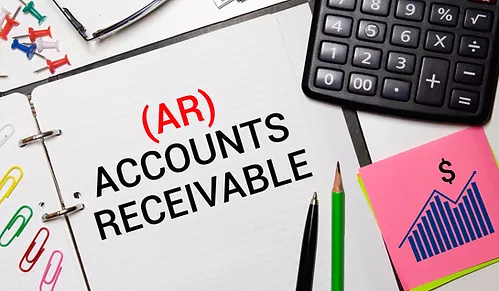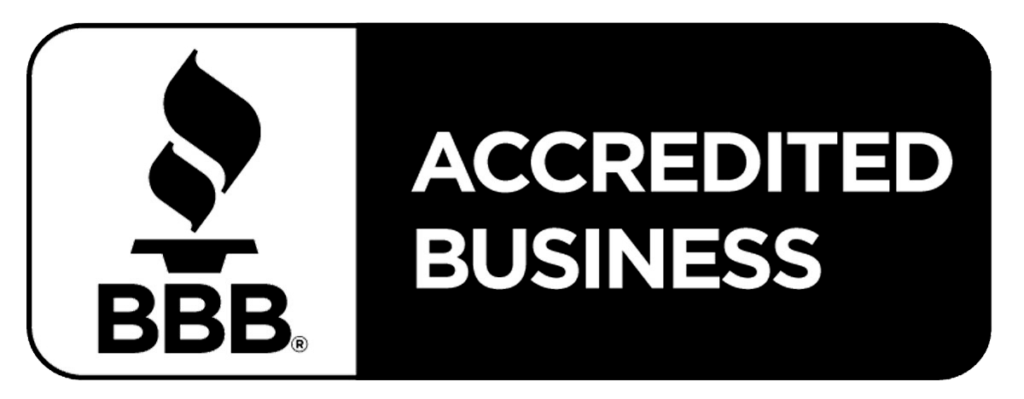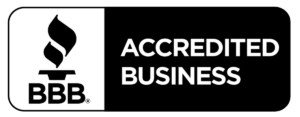Accounts Receivable Financing Programs
(aka Invoice Factoring or AR Factoring)
Does your business have substantial cash tied up waiting for your business/government customers to pay you? Good news! Receivable factoring lets you turn those unpaid invoices into instant cash.

AT A GLANCE-
Receivable Factoring
Receivable factoring is defined as a merchant selling one or more customer invoices to a third party for immediate cash, before the customer has paid the invoice. Rather than waiting for your customer to pay you, you can sell the invoice the same day you invoice your customer, and let someone else do the waiting. This frees up capital that otherwise would be tied up waiting for your customer to pay you.
Receivable Factoring
What is Receivable Factoring and How Does It Work?
Receivable factoring goes by several names, including accounts receivable factoring, ar factoring, invoice factoring, debt factoring, receivables financing, receivable funding, selling accounts receivable, and pledge of accounts receivable. Sometimes also mistakenly referred to as an invoice factoring loan, accountants categorize your unpaid invoices as assets. The money you receive from the sale of any asset—whether it’s a building or an invoice—is categorized as income and thus does not need to be paid back, (unlike a loan, which does).
Selling of Receivables
Your company provides goods or services to your customer. This program works best when the customer is another business or a government agency. Then you send them an invoice, with the full amount due in 30 days. You contact a factoring company to see whether they would be interested in buying that invoice. They review the creditworthiness of the customer and, if they approve, they will buy the invoice from you for a percentage of the invoice’s face value.
In the selling of receivables, your company’s creditworthiness is less a factor than that of your customer.
Accounts Receivable Factoring Companies
Plan B Capital has relationships with several accounts receivable factoring companies.
What is Invoice Factoring or AR Factoring, and how does it work?
Selling invoices (aka Invoice Factoring or AR Factoring) is a form of non-debt financing to give your business access to capital tied up waiting for customers to pay you. Long used by Fortune 500 companies, Factoring is now available to smaller businesses like yours!
• For those customers you have invoiced that are business-to-business (B2B) or business-to-government (B2G), you decide which invoices you want to sell this month, if any.
• You send those customers their invoices as usual, and you also send copies of those invoices to your Factor company for evaluation.
• The Factor company reviews the creditworthiness of each invoice on several factors including the invoice’s balance, how long that customer takes to pay, and how creditworthy that customer is. Since this is not a loan, your own company’s creditworthiness is usually not relevant.
• For each invoice that is approved, you receive an offer and quote. If you accept, then you and the Factor company sign a contract.
• Typically within 2 business days, you receive your initial funds, somewhere between 80-95% of each invoice’s face amount.
• Whenever the customer pays, the Factor company wires you the rest of your money minus a small fee, typically 2-5%. For example, for a $10k invoice you might receive $8,500 immediately and another $1,000 when the customer pays 60 days later, for a $9,500 net.
• There are no restrictions on your use of the funds you receive from your Factor company. All funds are yours to do with as you please.
What kinds of business is the Invoice Factoring program best for?
• Designed for businesses with B2B and/or B2G customers, such as: staffing, manufacturing, transportation & logistics, oil & gas, distribution, service providers, security, government contractors and suppliers.
• Times when a business’s short-term debts exceed its current cash on hand. Common uses include meeting payroll, paying taxes, paying off debt, funding expansions.
• Suitable for small, medium, and large businesses. Also great for startups, firms with poor credit, and businesses just coming out of bankruptcy. Approval is based on creditworthiness of your customers, not yours.
• Invoices with 30-, 60- or 90-day payment terms work best.
The Pro’s
• No crippling debt. No debt means no payments cutting into your profits.
• Extremely competitive rates. If you are factoring now, let us give you a quote.
• No requirement to factor all your invoices—you choose which ones
• Quick access to cash, funds wired into your account, typically within 1-2 business days
• Get capital to grow as fast as your company can produce billable work
• No restrictions on how you use the funds, use them to keep growing your business or whatever you want
• Factoring does not require a certain credit score or a minimum number of years in business. Cost of borrowing depends on the creditworthiness of your customers
• No hidden fees. No long-term contracts, factor often or occasionally as you see fit
• Available to US- and Canadian-based businesses
• No upfront fees
• All quotes are free
• Speak to a human! US-based customer service
The Con’s
• Implementing a cash discount program will not wipe out all your processing fees, but you can expect at least an 80% savings.
• Within the first week or so, a customer may question the extra charge; however, consumers have long been accustomed to paying fees such as the cash vs credit price at gas stations or the convenience fees when buying online tickets to concerts and sporting events. An explanation is usually sufficient, but we suggest you consider offering a small incentive, such as a coupon good for their next visit.
Typical requirements to get started
• Your latest AR & AP aging reports, P&L, and Balance Sheet
• Copies of business account bank statements
• Online application
• How are you currently financed? Any UCC filings (PPSAs if Canada) in first position? When is your contract up?
• Do you have any invoices > net 90 days?


